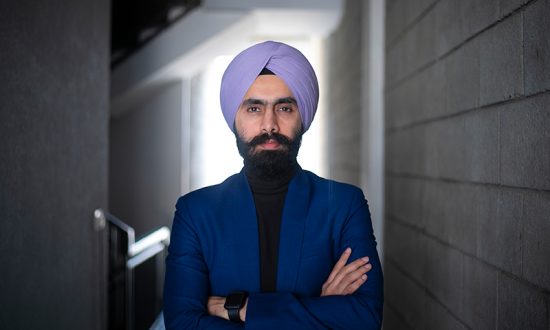“You can’t connect the dots looking forward; you can only connect them looking backwards.” This famous quote by the ex-CEO and co-Founder of Apple Inc., Steve Jobs, became words to live by for the Founder and CEO of iScuela Learn, Mr. Maninder Singh Bajwa. A software engineer by profession, Maninder always had a knack for technology and envisioned creating a solution that would be valuable for the world. This is what pushed him to leave his residency at Monash University in Melbourne and come back to India to set up his software development company. He then conceptualized iScuela which is a unified learning ecosystem that gives teachers the resources they need to provide students with a streamlined and integrated learning experience.
The ‘one class, one TV channel’ programme under the PM eVIDYA plan will be expanded from 12 to 200 channels, according to finance minister Nirmala Sitharaman, who presented the Union Budget 2022 in the Lok Sabha on 1st February 2022. The decision was made in light of the hardships that school children endured during the pandemic’s two years. It will enable all states to provide extra education in regional languages for grades 1 to 12, according to the finance minister.
Effect of COVID-19 on Education
According to an economic survey, the pandemic has had a severe impact on the education system, affecting lakhs of schools and institutions across India. There has been a large migration of students from private to public schools. Parents’ financial suffering, free amenities at government schools, and families migrating to villages can all be blamed for this. If the current trend continues, public schools will need greater support in terms of teacher-to-pupil ratios, classroom space, and teaching/learning materials to absorb children who are migrating from private schools and from urban to rural regions, according to the Survey.
The Benefits of the Move
The move will benefit marginalized groups, particularly those in rural areas with poor internet access. For many households, there is only one smartphone per family. As a result, many students find it difficult to attend online classes. Students can profit from seeing the material covered in school on TV channels if they start broadcasting it on a regular basis. Every Gram Panchayat or home has a television set, and teaching through television has always been a part of information and broadcasting. The closure of learning centres across India due to the pandemic resulted in massive learning losses. As a result, increasing the number of TV channels from 12 to 200 will be a terrific way to combat and handle the problem.
Students can watch a pre-recorded programme and do appropriate assignments using television as a learning medium, but there is no interactivity. For a child, interaction is what makes learning fascinating and engaging. It’s a first step toward digitizing education in that sense. There are still a lot of goals to reach.
Learning in Native and Regional Languages
Students will benefit from learning in their native language and will be more engaged. The number of dropouts will be reduced as a result of this. Furthermore, the Right to Education Act of 2009 says that, to the extent practicable, the child’s mother language shall be used as the medium of teaching in school. In mother tongue and regional languages, the learning outcome is still the best. The government’s focus would not only enrich India’s cultural richness, but also serve as a fortress for high-quality education. To reap the benefits of globalization, however, one must concentrate on learning English.
While it is critical for a child to have a native language as the language of instruction, the English language should also be strengthened. English not only brings India closer together, but it also gives every Indian a significant competitive advantage in the employment market, particularly in the global economy. Due to Indians’ proficiency in the English language, India has a competitive advantage over countries like China in various segments.
Summing Up
With over a quarter of India’s population in school or college, the benefits of the country’s demographic dividend may be realized through a critical education and skill development ecosystem. The quality of India’s education will determine how the country’s youth acquire the knowledge, skills, and competence required to keep the economy growing. The country’s school system will instill a youth culture of research and invention as a result of the education reforms announced in the Budget 2022-23.




